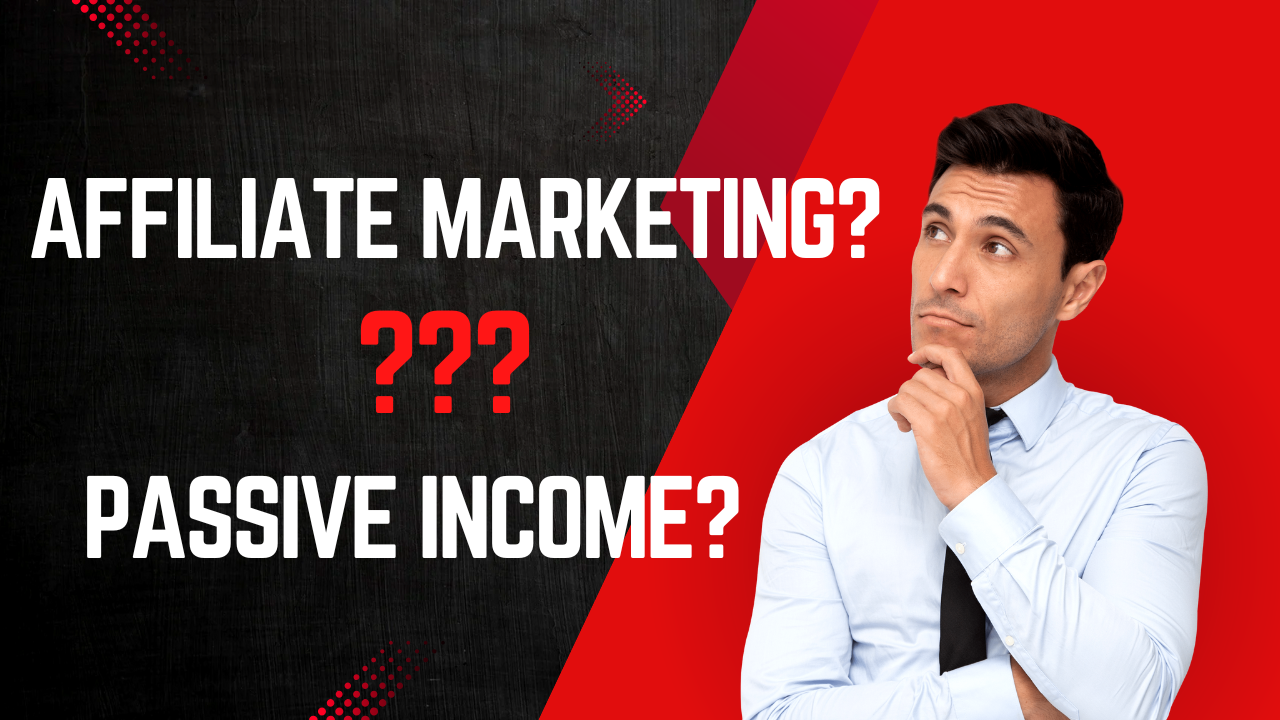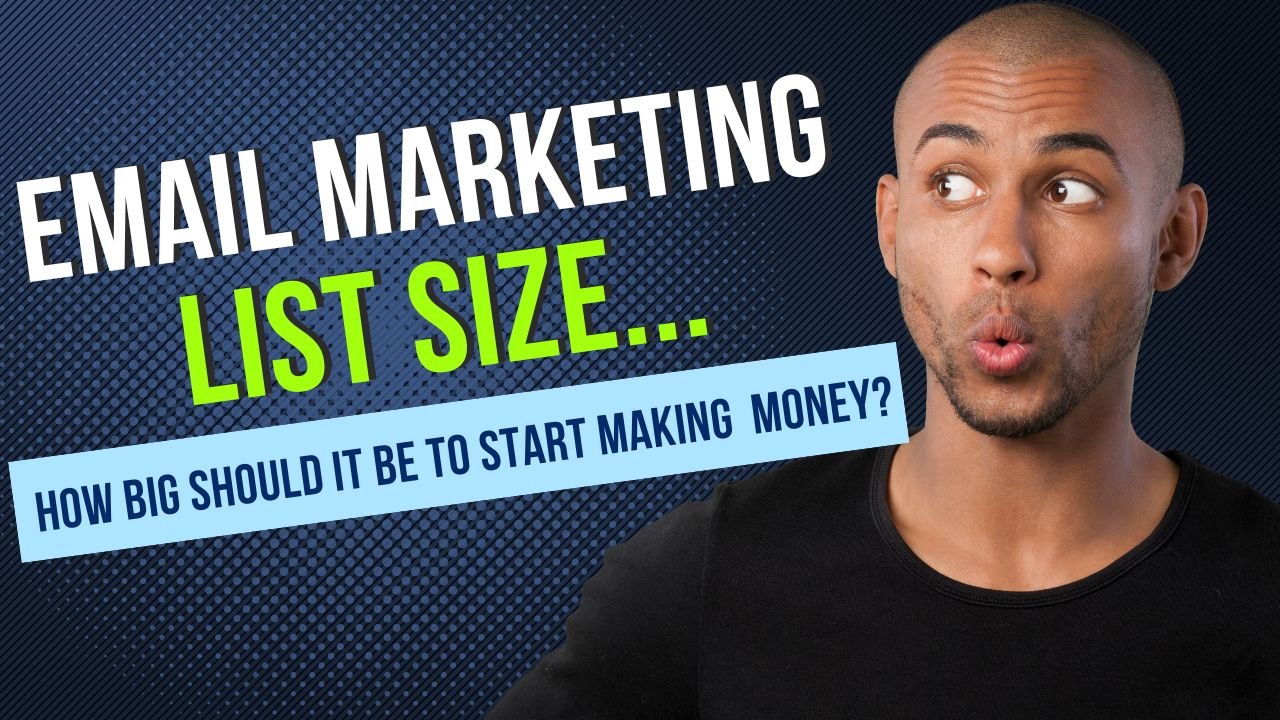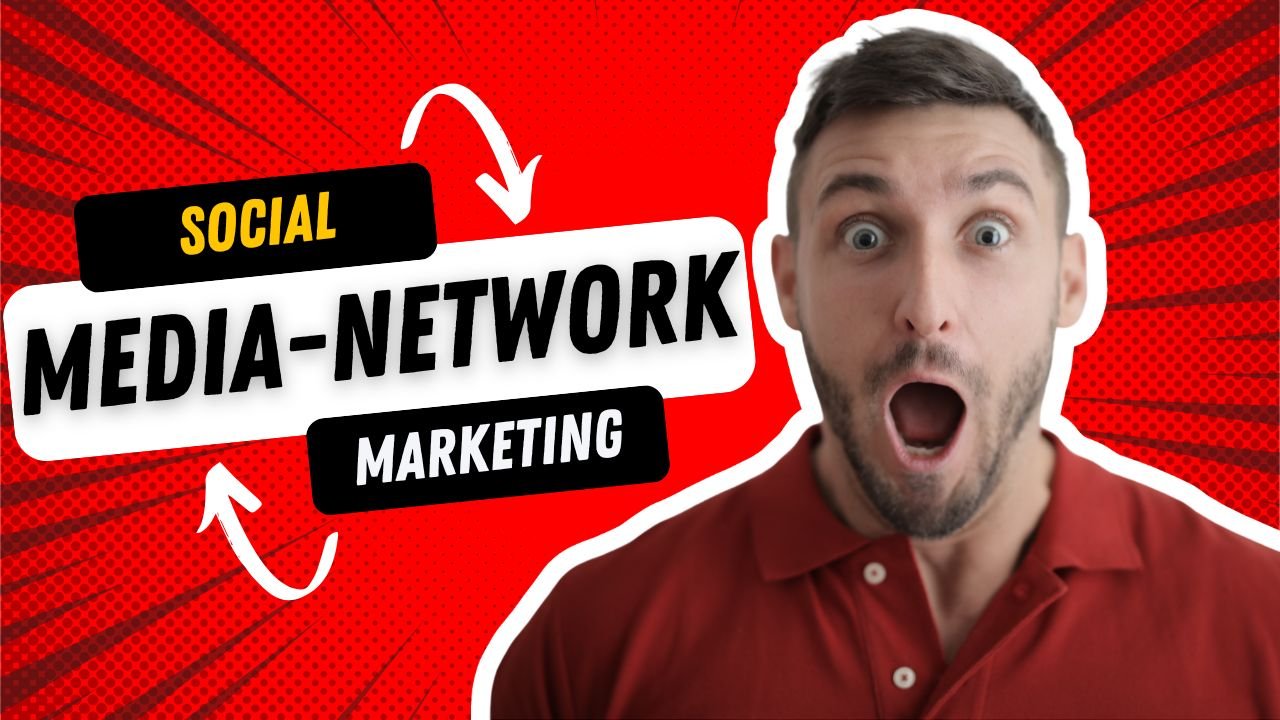
A True Done-For-You Home Business That Allows You To Make $100 – $6000 Per Sale! https://lllpg.com/nbp2mrn6/
Introduction to Ticket Pricing
In the landscape of business, ticket pricing serves as a fundamental component in shaping revenue strategies and consumer behavior. Fundamentally, ticket pricing can be categorized into two distinct models: high ticket offers and low ticket offers. Understanding these pricing paradigms is crucial for entrepreneurs and marketing professionals as they determine not only profitability but also the perception of value among consumers.
High ticket offers typically refer to products or services that are priced at a premium, often exceeding several hundred or even thousands of dollars. These offerings tend to provide substantial value, unique features, or exclusive benefits that justify their elevated price points. Conversely, low ticket offers encompass products or services that are priced affordably, generally ranging from a few dollars up to a couple of hundred. This pricing model often aims to attract a larger volume of customers, making it accessible to a broader demographic.
The psychological factors influencing consumer choice in relation to ticket pricing are multifaceted. With high ticket offers, consumers may experience what is known as the perception of luxury or exclusivity. This can lead to a sense of aspiration, as audiences often associate higher prices with superior quality and prestige. On the other hand, low ticket offers may leverage the principle of impulse buying. The affordability factor can prompt immediate purchasing decisions, driven by a desire for instant gratification or the fear of missing out on a bargain.
Ultimately, choosing between high ticket and low ticket offers involves evaluating target market preferences, product positioning, and overall business objectives. By comprehensively understanding these concepts, businesses can effectively tailor their pricing strategies to meet the varied needs of their consumers while maximizing their sales potential.
Defining High Ticket Offers
High ticket offers refer to products or services that are sold at a premium price, typically ranging from several hundred to tens of thousands of dollars. These offers are characterized by their perceived value, which often stems from their quality, exclusivity, or the specialized expertise required for their delivery. Various industries embrace the concept of high ticket offers, including education, consulting, luxury goods, and real estate.
In the realm of education, for instance, high ticket offers might include comprehensive coaching programs, advanced certification courses, or personalized mentorship. These programs usually cost between $2,000 to $20,000 and promise extensive knowledge transfer, actionable strategies, and considerable ROI for participants. Similarly, in the consulting industry, a seasoned expert might offer tailored business solutions priced between $5,000 and $50,000. Such high-end services not only address niche challenges but also provide a results-driven framework, thereby reinforcing their value proposition.
High ticket items in the luxury goods sector often include designer handbags, bespoke suits, and high-end watches, with prices ranging from $2,000 to well over $100,000. Consumers invest in these items primarily due to their craftsmanship, branding, and status symbol appeal. Real estate professionals often utilize high ticket offers by selling luxury homes, which can start in the hundreds of thousands and go into millions, leveraging their location, amenities, and architectural uniqueness to attract affluent buyers.
Successful high ticket products or services capitalize on the emotional and practical needs of their target audience. By focusing on the transformative benefits, brands can create compelling offers that not only justify the higher price point but also promise outstanding value, thus leading to increased customer loyalty and satisfaction.
Understanding Low Ticket Offers
Low ticket offers are typically characterized by their affordable price points, generally ranging from $1 to $100. These products or services are designed to appeal to a wide audience, as their lower cost makes them more accessible to potential customers. Unlike high ticket offers, which often require a more significant financial commitment, low ticket offers facilitate easier purchase decisions and can lead to higher sales volume.
The main qualities that distinguish low ticket offers from high ticket alternatives include the ease of acquisition, lower perceived risk, and often a shorter decision-making process for the customer. For instance, a low ticket offer might be an e-book, an online course, or a subscription service priced at $29 per month. These items are usually promoted through various marketing strategies, such as social media ads, email campaigns, and entry points in sales funnels, which aim to encourage impulse purchases.
Moreover, low ticket items can play a crucial role in business growth and customer acquisition strategies. They can serve as introductory products that create a relationship between the consumer and the brand. This relationship can eventually lead to upsells or cross-sells of higher-priced items once the customer becomes familiar with and trusts the brand. Successful examples of low ticket products include software trials, entry-level gadgets, and affordable fashion items. In addition, many businesses utilize low ticket offers to acquire leads that can later be nurtured through email marketing or tailored promotions.
In conclusion, understanding low ticket offers is essential for businesses looking to diversify their revenue streams. By capitalizing on their accessibility and lower risk factors, businesses can successfully engage a broader audience while paving the way for future sales initiatives.
Pros and Cons of High Ticket Offers
High ticket offers can significantly impact a business’s profitability and overall strategy. One of the primary advantages of selling high ticket items is the profit margin. High ticket products typically yield a greater profit per sale, enabling businesses to reach their revenue goals with fewer transactions. This approach can lead to smaller, more manageable sales volumes, which can be particularly appealing for companies looking to optimize their operational efficiency.
Furthermore, high ticket offers often attract a niche market segment that values quality and exclusivity. This demographic is generally willing to invest more in products or services that they perceive as providing superior value. Consequently, businesses may find it easier to build strong customer relationships. By providing personalized service and focused attention on these high-value clients, companies can enhance customer loyalty and increase retention over time.
However, selling high ticket items is not without its challenges. One notable disadvantage is the risk associated with a smaller customer base. Fewer transactions mean that a single lost sale can have a more pronounced effect on revenue. Additionally, the marketing strategies required to attract and convert high ticket buyers can be more complex and resource-intensive. This often entails investing in comprehensive marketing campaigns and possibly longer sales cycles, which can strain resources.
Another risk involves the potential for market fluctuations. Economic downturns or changes in consumer behavior can lead to reduced demand for high ticket items, adversely impacting sales performance. Thus, business owners must carefully assess whether the benefits of offering high ticket products outweigh these potential drawbacks. A thorough understanding of their target audience, market conditions, and operational capacity is crucial for making informed decisions about product pricing strategies.
Pros and Cons of Low Ticket Offers
Low ticket offers refer to products or services sold at a lower price point, typically appealing to a broader audience compared to high ticket offers. One of the primary advantages of low ticket offers is the potential for increased sales volume. With lower prices, more consumers are likely to make a purchase, making it easier to achieve higher overall sales figures. This pricing strategy allows for a more extensive reach, as it attracts customers who may not wish to invest in more expensive alternatives.
Additionally, low ticket offers often yield an easier customer acquisition process. With lower financial risks for buyers, they may feel more comfortable engaging with a brand. This ease of entry can lead to a larger customer base and foster brand loyalty, as customers can continue to upgrade to higher-value offerings over time.
Scalability is another key benefit associated with low ticket offers. As demand grows, businesses can sell larger quantities without significantly increasing operational costs. This could result in streamlined processes and systems that efficiently handle the increased sales volume.
However, there are noteworthy disadvantages to consider. Low ticket offers often lead to heightened competition, as numerous businesses vie for the attention of price-sensitive consumers. This saturation can compress profit margins, making it challenging for a company to sustain its growth and profitability.
Moreover, customer perceptions can significantly influence the success of low ticket offers. Consumers may associate lower prices with inferior quality, leading to potential challenges in maintaining a strong brand image. The perception of value plays a critical role in consumer decision-making, and businesses must work diligently to communicate the benefits and quality of their offerings, despite their lower price point.
In conclusion, while low ticket offers can facilitate higher sales volume and easier customer acquisition, businesses must navigate the challenges posed by competition and customer perception to ensure long-term success.
Market Trends and Demand Analysis
Understanding the dynamics of high ticket and low ticket offers is essential for businesses aiming to optimize their pricing strategies. Recent market trends indicate a gradual inclination towards high ticket offers as consumers seek value and quality over price alone. According to a survey conducted by Statista in 2023, approximately 60% of consumers reported being willing to invest in premium products that promise enhanced features and lasting benefits. This shift underscores a growing consumer desire for value-driven purchases, particularly in industries such as technology, luxury goods, and specialized services.
On the other hand, low ticket offers continue to thrive in sectors where impulse buying is predominant. Data from eMarketer reveals that up to 70% of online transactions involve products priced under $50, showcasing the demand for affordable solutions amidst a diverse consumer population. This trend signifies that while consumers are open to spending more on high quality, they also frequently favor low-cost options for everyday purchases. In times of economic uncertainty, such as the fluctuations witnessed earlier this year, low ticket offers often see a surge in demand as consumers become more cost-conscious.
Economic factors play a pivotal role in shaping consumer behavior towards these pricing models. During periods of economic growth, the appetite for high ticket items typically rises, with consumers allocating more disposable income towards significant investments. Conversely, in downturns or periods marked by inflation, consumers might demonstrate a preference for low ticket offers, driven by a need for budget-friendly solutions. The current economic landscape indicates that businesses must remain agile and responsive to these changing consumer preferences, ensuring they offer a balanced mix of both high and low ticket products to cater to varying market demands.
Choosing the Right Model for Your Business
Selecting the appropriate pricing model for a business is a critical decision that directly impacts revenue and growth trajectories. When considering high ticket versus low ticket offers, businesses must analyze various factors that pertain specifically to their market, target audience, and overarching business goals. Understanding these elements can help in making an informed decision that aligns with both operational capabilities and customer expectations.
First, the nature of the product plays a pivotal role. High ticket offers often entail complex products or services that provide substantial value, such as specialized training programs or luxury goods. Conversely, low ticket offers might consist of simpler items, like e-books or basic tutorials, which can attract a larger volume of buyers. Businesses should evaluate their offerings critically to determine which model best reflects their product type and customer needs.
Branding is another significant factor. Companies with established luxury branding may thrive with high ticket offers, as these can enhance perceived value and exclusivity. On the other hand, businesses that focus on affordability and accessibility may find that low ticket offerings resonate better with their audience. Your branding strategy should align with the pricing model you choose, ensuring that the value proposition is coherent and appealing to potential customers.
Additionally, the chosen sales strategy will influence the decision. High ticket sales often require a more personalized and consultative approach, which may not be feasible for all businesses. In contrast, low ticket offers can leverage automated marketing funnels, enabling a wider reach with minimal effort. Each model necessitates different sales tactics, so it is crucial to consider the operational aspects of pursuing either approach.
Lastly, assessing customer lifetime value (CLV) is vital. High ticket offers can yield greater profits per transaction, but low ticket offerings may cultivate a loyal customer base that results in repeated purchases over time. This requires a careful analysis of how each pricing strategy influences customer retention and satisfaction. By evaluating these factors, businesses can determine the optimal model that not only meets their current objectives but also supports long-term growth.
Case Studies: Success Stories
Examining real-world examples of businesses that successfully implemented either high ticket or low ticket offers can provide significant insights into effective strategies. One prominent case study is that of a software company that transitioned from low ticket offers to high ticket subscriptions. Initially, their business model hinged on providing inexpensive, basic software. However, after identifying an emerging demand for more comprehensive solutions, they developed a premium package that included extensive features, personalized support, and exclusive content. This transition led to a remarkable 150% increase in revenue within the first year, highlighting the importance of recognizing and responding to market trends.
Another noteworthy example is a boutique fitness studio that adopted a low ticket pricing strategy. Rather than offering high-priced memberships, they provided affordable sessions with no long-term commitment. This approach resulted in increased foot traffic and customer loyalty, as potential clients were hesitant to commit to pricey options. The studio implemented unique marketing tactics, such as referral discounts and social media promotions, which effectively attracted a diverse clientele. Their approach ultimately resulted in a 75% growth in membership within six months and established the studio as a community favorite.
Additionally, a luxury travel agency focused on high ticket offers crafted bespoke experiences for affluent clients. By placing emphasis on product differentiation, they distilled value through personalized travel plans and exclusive access to unique destinations. Their marketing efforts used targeted advertising and partnerships with high-end brands, allowing them to reach potential customers effectively. As a result, they achieved a staggering 200% revenue growth in their first year by appealing directly to a niche market craving luxurious travel options.
These case studies exemplify how understanding one’s market and adapting marketing strategies can distinguish between high ticket and low ticket methodologies. By learning from these successes, businesses can tailor their approach to maximize returns while effectively engaging customers.
Conclusion
In the landscape of business, selecting the right pricing strategy is paramount. Throughout this discussion on high ticket and low ticket offers, we have examined the various elements that influence the efficacy of each model. High ticket offers typically allow for greater profit margins and can create a perception of premium value in the eyes of consumers. These offerings often necessitate a more personalized approach to sales, emphasizing relationship-building and intensive customer support. Conversely, low ticket offers can attract a volume-driven sales strategy, appealing to a broader audience while minimizing barriers to entry. This approach can facilitate easier customer acquisition, but may necessitate a higher sales volume to achieve significant profit margins.
As we navigate the complexities of pricing strategies, it becomes clear that the choice between high ticket and low ticket offers is not straightforward. Each has its own merits, dictated by factors such as target market, industry standards, and business objectives. A high ticket strategy may suit businesses focused on providing specialized services or exclusive products, fostering loyalty through a high-touch sales process. In contrast, businesses aiming for rapid growth or brand visibility might find greater success with low ticket offerings that entice customers due to their accessibility.
Ultimately, the decision should be a reflection of an in-depth analysis of your particular business situation. Consider your resources, customer behavior, and competitive landscape before pivoting towards one strategy. By making informed decisions regarding pricing, businesses can better align their offerings with customer expectations and market trends. This strategic alignment is essential for fostering sustainable growth and stability in a rapidly evolving marketplace.






